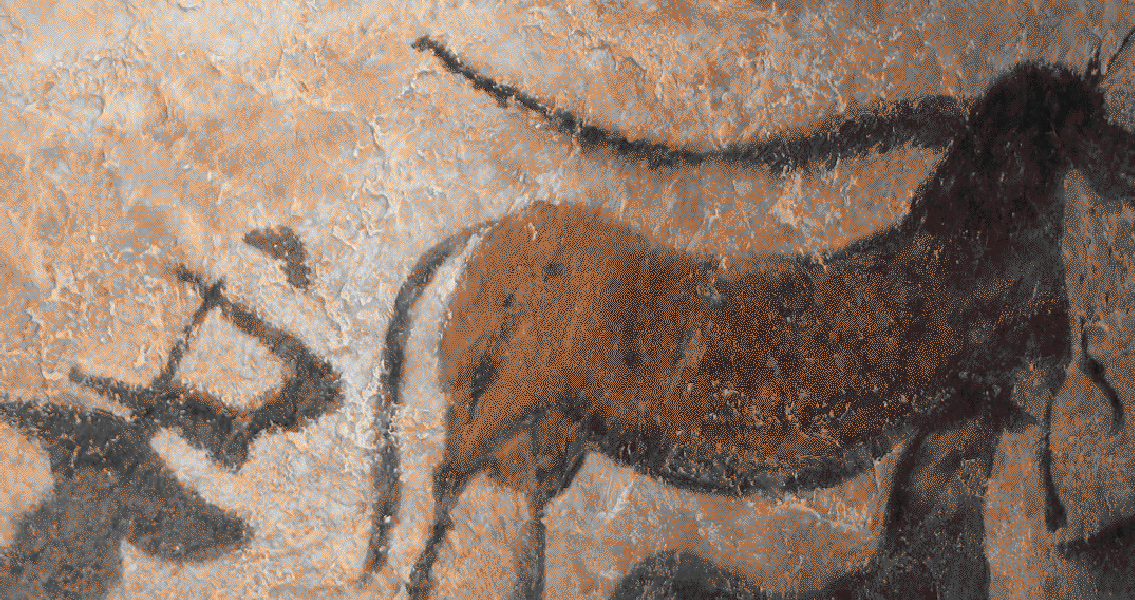<![CDATA[Ever since humans first roamed the planet we have been painting pictures on walls. Cave art has been found all over the world, from Indonesia to Europe, and recent research has suggested that sound played a huge part in what early man drew. This revelation was made by Steven Waller, a researcher at Rock Art Acoustics in La Mesa, California. He suggests that the echoes made in caves made the inhabitants think they were hearing the voices of spirits and the gods. Waller's most notable work before this discovery was back in 2012, when he proved that the Stonehenge blocks were set in such a way as to create acoustic 'dead zones'. These dead zones are basically formed from sound waves crossing over and creating interference, which cancels the noise out. This could explain why the stones are also called "piper's stones", and feature heavily in the myth of magical pipers who turned a group of dancing maidens into stone with their music. Waller states that ancient myths also explain the thought processes behind cave paintings, as people equated loud and thunderous noises with the supernatural. Herds of bison, horses and other large mammals feature heavily in European cave art, because the sound of hundreds of "thunderous" hooves would have been akin to the sounds prehistoric humans associated with their thunder gods. Thus, the animals were drawn as a reflection of these gods - a connection made through sound. He argues that there is a reason why these images are drawn in caves and nowhere else, as the acoustics amplify the sound and cause it to reverberate and echo. The increased volume and intensity of sounds such as thunder gave the caves a supernatural aurora, encouraging prehistoric man to make artistic tributes. Waller backed up this observation by showing that caves with higher levels of reverberation were much more likely to contain cave art. Reverb drenched caves in North America for instance, contain drawings of thunderbirds, which were believed to cause thunder by flapping their wings. Waller says that prehistoric art can be found in canyons as well, especially in areas that produce lots of echoes. Testing his hypothesis, he started intentionally searching for spots rich in echo and reverb, and each time ended up unearthing cave art that had previously been undiscovered. To today's society sounds are not important, and it seems strange that people used to react to the effects of it so extremely. Waller explains that ancient cultures were not as advanced as we are today, and so sound didn't seem so trivial. The unusual acoustic effects of caves would have seemed as mysterious as rocket science is for many people nowadays. A hint as to how ancient cultures may have interpreted these sounds can be seen in the way people react to unexplained noises in the present. Many modern stories of supernatural events ultimately originate from people hearing sounds without being able to determine the source.]]>
Cave Art May Have Been Inspired By Auditory Illusions
